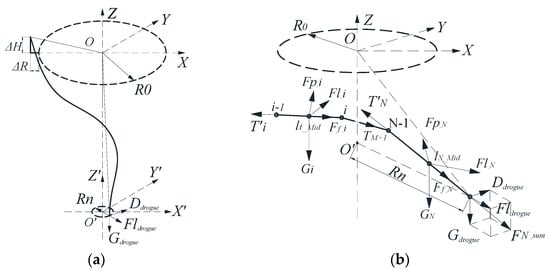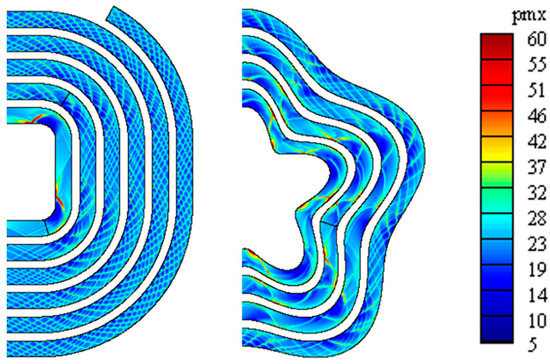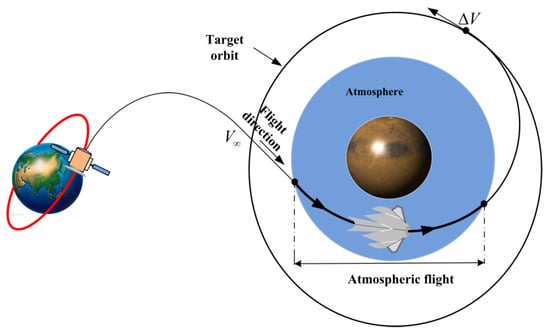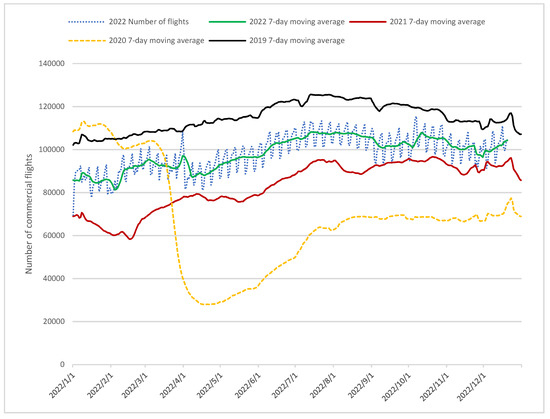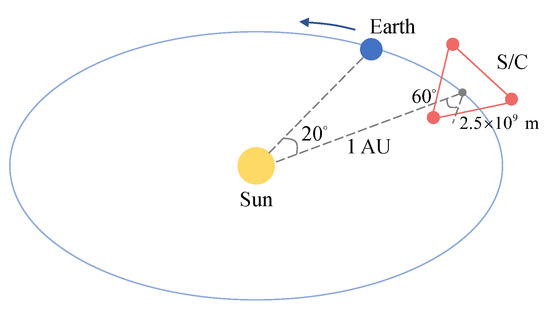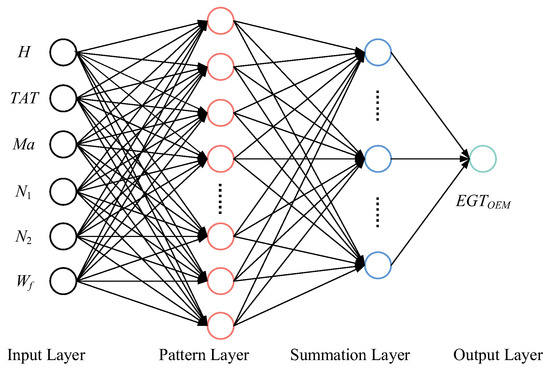China Academy of Aerospace Aerodynamics, Beijing 100074, China
Aerospace 2023, 10(1), 30; https://doi.org/10.3390/aerospace10010030 - 30 Dec 2022
Cited by 4 | Viewed by 2726
Abstract
An unsteady numerical simulation method was used in order to explore more efficient atomization methods for liquid fuel in scramjet combustors and to study the influence of different shock wave incident positions on the atomization characteristics of kerosene in crossflow. The wedge compression
[...] Read more.
An unsteady numerical simulation method was used in order to explore more efficient atomization methods for liquid fuel in scramjet combustors and to study the influence of different shock wave incident positions on the atomization characteristics of kerosene in crossflow. The wedge compression surface was used to generate the incident shock wave, and the incident position of the shock wave on the fuel jet was controlled by changing the angle of the wedge surface. The inlet Mach number was 2.01; the total temperature was 300 K, and the momentum ratio was 12. The research results show that as the incident position of the shock wave moves upstream, the penetration depth of the jet is essentially unchanged, but the inner edge trajectory of the jet is closer to the wall. Because the shock wave affects the Kelvin–Helmholtz instability of the jet, the unsteadiness of the jet root is strengthened, and the unsteadiness downstream of the jet is weakened. The atomization of the jet and the stability of the particle-size distribution are, thus, realized more quickly. The incident shock wave reduces the Sauter mean diameter of the jet section and makes the droplet distribution more uniform. The incident shock wave makes the atomization angle of the jet along the flow direction increase first and then decrease. The changes in the jet characteristics are determined by the changes in the reflux region, momentum transport, and pressure distribution caused by the incident shock wave.
Full article
(This article belongs to the Special Issue Thermal Fluid Dynamics and Control in Aerospace)
▼
Show Figures


